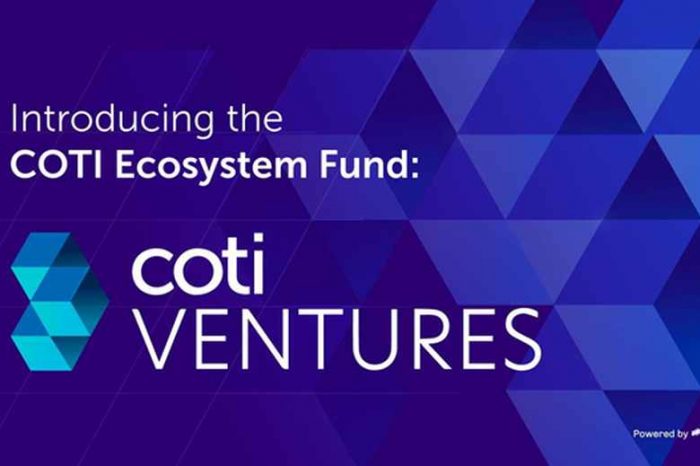Getty Images launches industry-first model release to support data privacy in artificial intelligence and machine learning

Getty Images is a company synonymous with stock imagery. If you visit any website online, there is a chance that some of the images you will find come from Getty Images. It is the largest global visual content creator and marketplace with over 415 million assets including imagery, video, music, multimedia, and premium digital content.
Today, Getty Images announced the introduction of an industry-first Enhanced Model Release form, recognizing advancements in data privacy and security and the growing importance of biometric data for the training of Artificial Intelligence (AI) and Machine Learning (ML) applications.
Developed with input from the Digital Media Licensing Association (DMLA), a leading body supporting business standards in visual content, the new form will provide clarity and guidance as to how data, including visual content, can be tracked and handled appropriately to protect the personal and biometric data captured by our content creators. We hope for it to be widely adopted and signed by models who feature in new commercial images and videos on the Getty Images and iStock websites.
Biometric data is especially valuable because it can be used to recognize and map facial features extracted from visual content. Recently, there has been a spate of lawsuits around the use of biometric information without the explicit consent of people featured in visual imagery. While the law in this area is still evolving, developers should always start with collecting data from legitimate sources and obtaining authorization for its intended use.
“As AI and ML technologies evolve the visual content landscape, Getty Images remains committed to protecting the intellectual property rights of the content creator community as well as respecting the privacy and property rights of third parties,” said Paul Reinitz, Director of Advocacy and Legal Operations Counsel at Getty Images. “Although the potential applications of AI and ML are limitless, it is important to recognize that new tools and applications require us to rethink the interaction between technology and creative processes.”
“Regulations and legislation around the world have changed the way that we manage our data, and our processes as an industry need to catch up. We must recognize that the increased use of biometric data contained in imagery to train AI/ML applications requires the need to ensure that we have obtained the model’s permission to use their image and data in this manner, and Getty Images is at the forefront of addressing these very real concerns.”
The Enhanced Model Release continues to provide the simplicity of the legacy release form, being easy to understand and easy to execute and accepted across multiple agencies ensuring a photographer or videographer can submit a single completed form to multiple agencies. It was essential to ensure the changes were acceptable to all DMLA members.
Paul Banwell, Senior Director of Contributor Relations at Getty Images stated, “The importance of developing our model release form to reflect the changes in law and the use of data and imagery was essential to protect the rights of featured models and the livelihoods of our contributors. While Getty Images was promoting industry best practices, we also needed to ensure that we took the rest of the industry on the journey with us to ensure that our contributors would still enjoy the freedom of using a single model release form across multiple agencies if required. Our aim is not to further complicate processes for our contributors, but to ensure that their interests are protected and future-proofed in the ever-evolving world of data use and protection.”
Founded by Mark Getty and Jonathan Klein in 1995, Getty Images has embraced disruption and change, turning a fragmented, analog stock photo business into a multi-billion-dollar, global e-commerce industry leader and just as importantly, a trusted brand. It was the first company to license imagery via the web, subsequently moving the entire industry online — and has been a core driver in continuing to move the industry forward with breakthrough licensing models, innovative digital media management tools, and a comprehensive offering of every kind of visual content possible.

